Aesthetic Appeal
The aesthetic appeal of wood shingles plays a crucial role in the Wood Shingle Market, as homeowners and architects seek materials that enhance the visual character of buildings. Wood shingles offer a timeless look that complements various architectural styles, from rustic to modern. Market data suggests that the demand for wood shingles is bolstered by their versatility in design applications, allowing for creative expression in residential and commercial projects. This trend is particularly evident in regions where traditional building styles are prevalent, as wood shingles are often favored for their ability to blend seamlessly with natural surroundings. As the desire for unique and visually appealing structures grows, the Wood Shingle Market is expected to benefit from this ongoing trend.
Regulatory Support
Regulatory support for sustainable building practices is emerging as a significant driver in the Wood Shingle Market. Governments are increasingly implementing policies that encourage the use of environmentally friendly materials, including wood shingles. This regulatory landscape is fostering a favorable environment for the industry, as incentives and subsidies for sustainable construction practices become more common. Market data indicates that regions with stringent building codes favoring eco-friendly materials experience higher sales of wood shingles. As regulations evolve, the Wood Shingle Market may see enhanced growth opportunities, particularly in areas where compliance with green building standards is prioritized. This support could lead to increased investments in research and development, further advancing the industry's sustainability goals.
Sustainability Trends
The Wood Shingle Market is increasingly influenced by sustainability trends, as consumers and builders prioritize eco-friendly materials. The demand for renewable resources has surged, with wood shingles being a preferred choice due to their natural origins and biodegradability. This shift is reflected in market data, indicating a rise in sales of sustainably sourced wood shingles, which are often certified by recognized environmental standards. As awareness of climate change grows, the industry is likely to see further investment in sustainable practices, potentially leading to innovations in production methods. The emphasis on reducing carbon footprints aligns with the broader construction industry's goals, suggesting that the Wood Shingle Market will continue to thrive as a result of these sustainability initiatives.
Technological Advancements
Technological advancements are reshaping the Wood Shingle Market, as innovations in production and installation techniques enhance efficiency and product quality. The introduction of advanced machinery and processes allows manufacturers to produce wood shingles that meet higher standards of durability and performance. Market data indicates that these technological improvements are contributing to a reduction in production costs, making wood shingles more competitive against alternative roofing materials. Furthermore, the integration of technology in installation practices is streamlining the process, reducing labor costs and time. As the industry embraces these advancements, the Wood Shingle Market is likely to experience increased market penetration and consumer acceptance, positioning itself favorably in a competitive landscape.
Rising Construction Activities
The resurgence of construction activities is a pivotal driver for the Wood Shingle Market. As urbanization accelerates and populations grow, the demand for new residential and commercial buildings is on the rise. Market data reveals that regions experiencing significant construction booms are witnessing a corresponding increase in the use of wood shingles, as builders seek durable and aesthetically pleasing roofing options. This trend is likely to continue, as the construction sector adapts to meet the needs of expanding communities. Additionally, the Wood Shingle Market may benefit from the trend towards renovation and remodeling, as homeowners opt for wood shingles to enhance the appeal and value of their properties. The interplay between construction growth and wood shingle demand suggests a robust future for the industry.


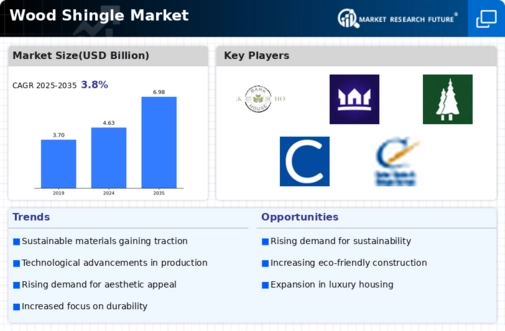


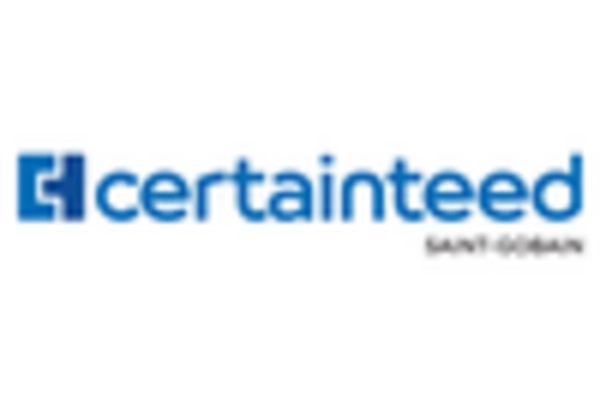
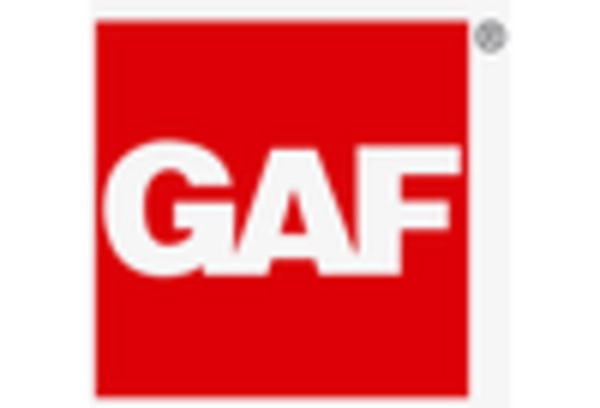
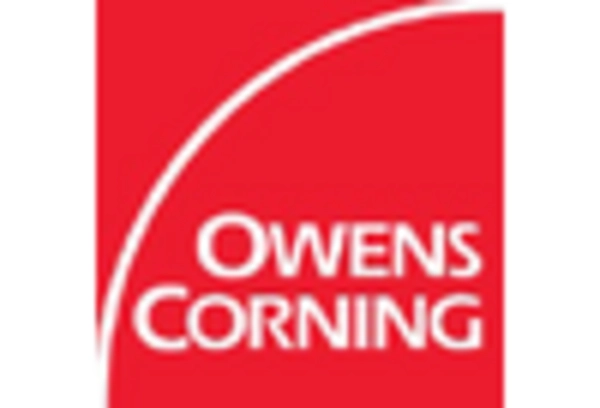

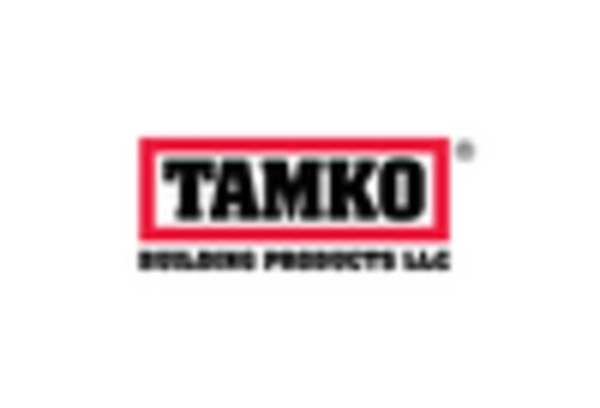








Leave a Comment